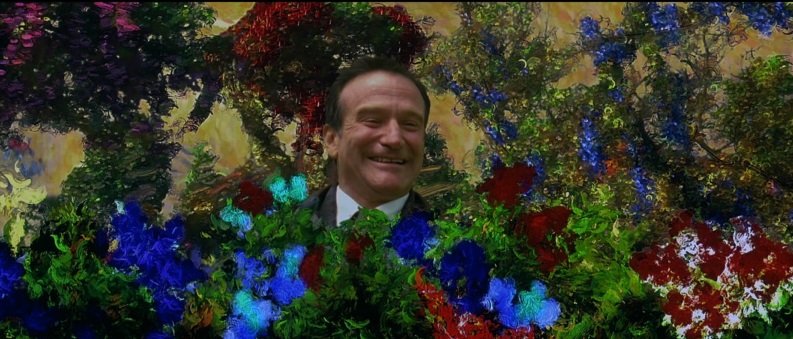
 |
| Photo © 1998 PolyGram Filmed Entertainment (c/o DVDBeaver.com) |
| Academy Award Nominations and Winners: | |
| Best Art Direction: Eugenio Zanetti; Cindy Carr | |
| ★ | Best Visual Effects: Joel Hynek, Nicholas Brooks, Stuart Robertson, and Kevin Scott Mack |
| Permalink | Home | 1998 | ABC | Blog |